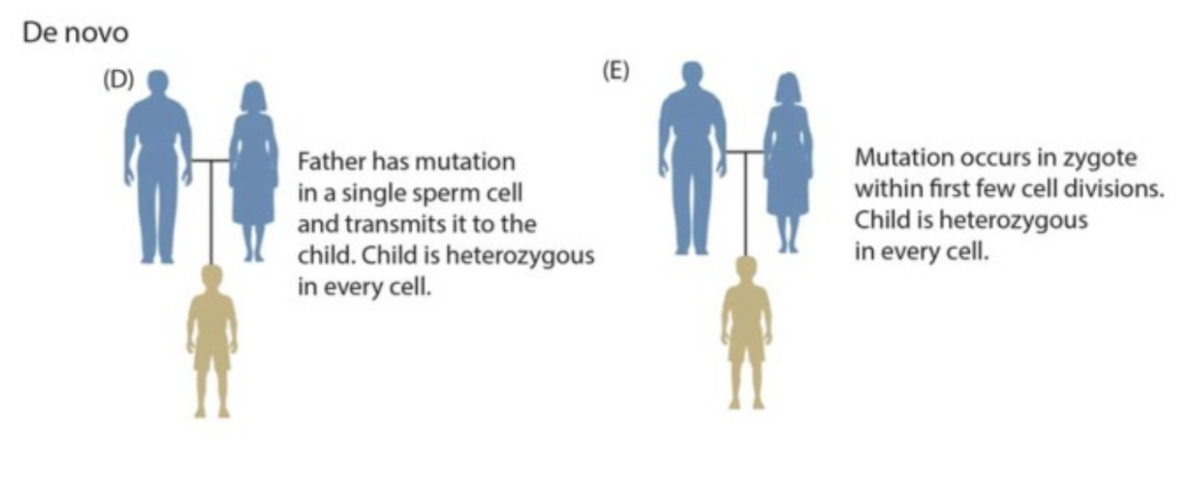B
buffalo
Guest
Not necessarily. New information on the epigenetic side is showing that after a few generations it may be gone.Bob the Cat has 2 kids, now 3 people have that mutation. Bob’s 2 kids have 2 kids, now Bob, his 2 kids, and his 4 grandkids have it. Over time the Bob gene is providing the ever expanding lineage with some kind of increased likelihood of survival, so more and more of the population will have that mutation.

